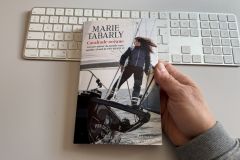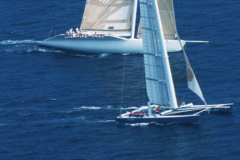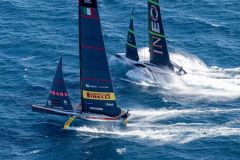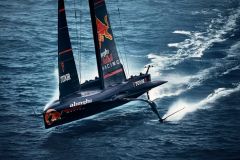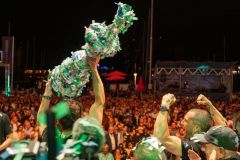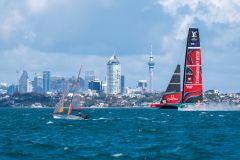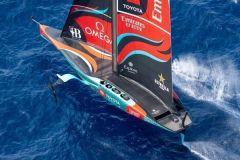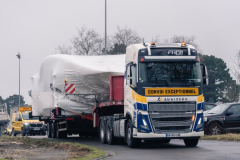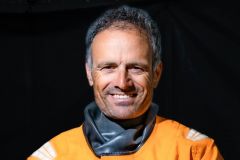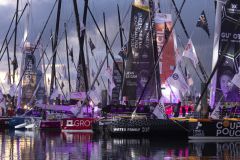Cyrille Douillet is a performance engineer with Groupama Team France and has developed a simulator allowing him to familiarise himself with the framed starts in a start box, which is customary in match racing regattas
This"game" integrates the polar (target speeds) of the AC Class to have boat speeds as close to reality as possible. Thus, Franck Cammas and the crew become familiar with the tactical tool they also have on board on a screen to best tackle this key moment of the regatta which is the cannon shot.
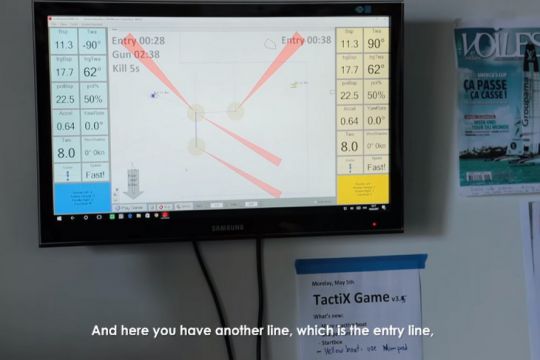
The match-racing
Match-racing is a regatta where two boats compete on equal terms and which originates from the America's Cup, where races take place in the form of duels. In order to ensure the fairness of competitors, the boats are monotypes. The events take place in the form of a wet course, with a pre-start area, which allows the boats to start at the same time.
A start in a start box
The start on the America's Cup is crosswind. The boats have two minutes to enter a defined area called the"start box" which is a waiting area and from which they must reach the start line as quickly as possible,"to the nearest second". In this space, be aware that the speed of the boats is very fast as they sail at about 23 knots.
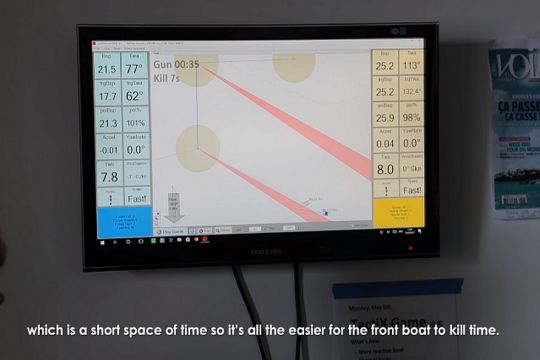
The fateful moment consists in returning to the starting line, a manoeuvre whose time and distance are automatically calculated by the computer. On the example, we can see that the blue boat has 25 seconds to reach the start line, but if it joins it in a straight line, it will be there much too soon. He must therefore"kill time" by making more distance to cross the line just at the top start and not too early.
In this pre-start area, the two competing boats can also get in the way, as can be seen in the video. The yellow boat follows and puts the blue boat in difficulty to push it to the fault, pushing it to get closer to the start line and trying to slip downwind, forcing it to luff upwind
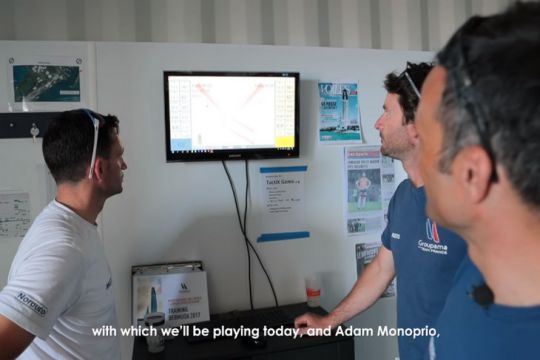
This simulator is extremely accurate and allows the race time to be calculated to the nearest second. We see that the boats leave 7 seconds late, having badly managed their waiting time before cutting the line
Of course, on the water, it's a little more complex than on the simulator since you'll have to take into account the difficulty of the manoeuvres and the wind which makes gybing and tacking difficult. The objective is also not to"kill" the opponent, but to leave tied.
Analyse his departure with the reaching buoy
When the two boats cross the line, they leave crosswind, towards the first buoy, which is the reaching mark "It's the fastest part of the regatta, because you're 90/100 degrees from the wind and it goes at 40 knots very fast with these boats (NDRL: Class AC)" explains Franck Cammas. The start gain is calculated at the moment the boat crosses the reaching buoy




